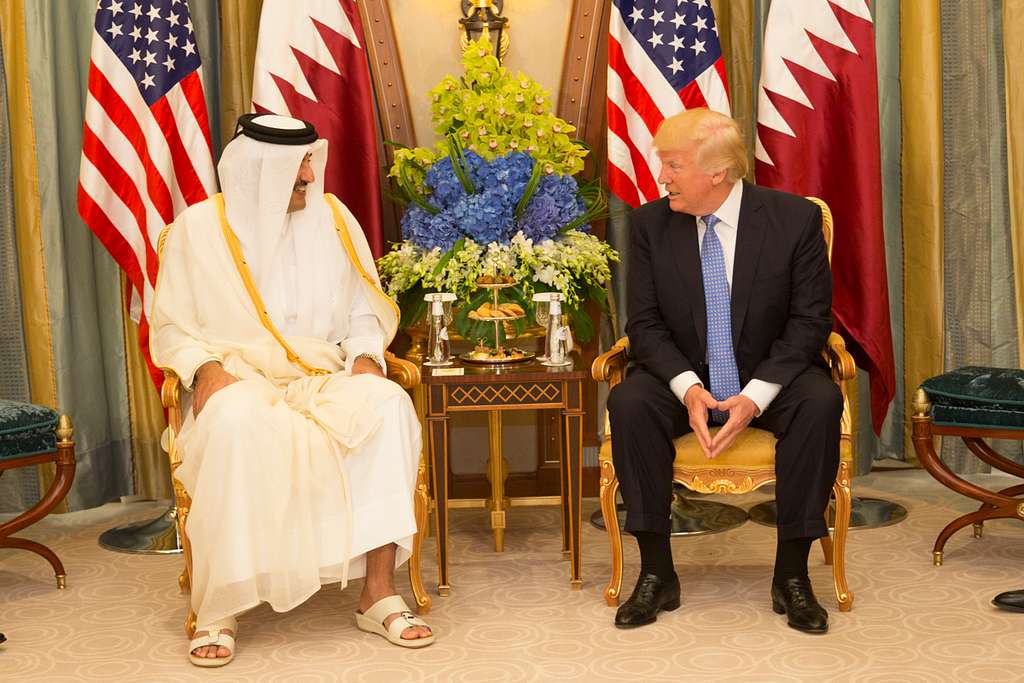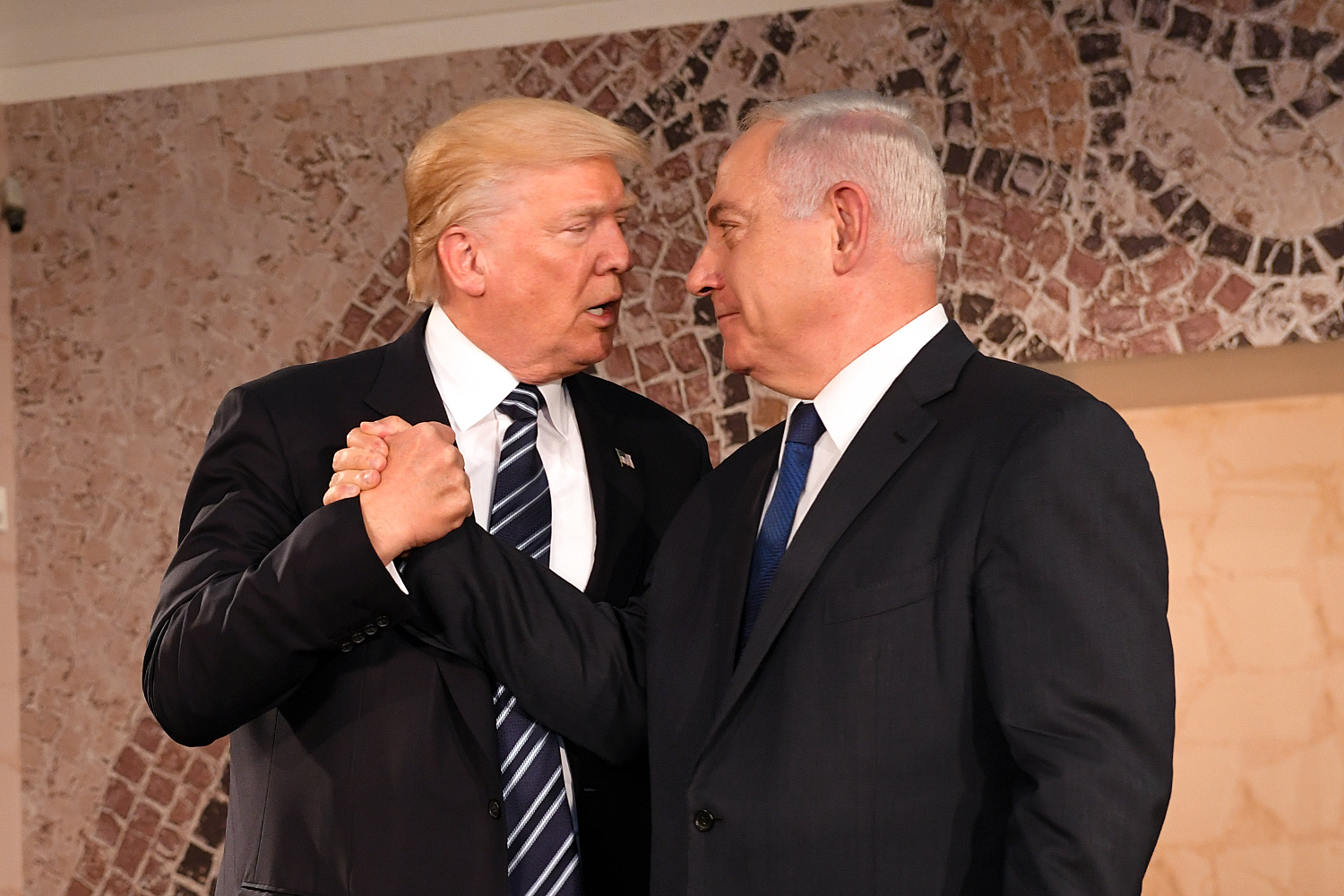China has struck back with force in the deepening trade war triggered by President Donald Trump’s sweeping tariff measures. On April 4, Beijing announced a 34% blanket tariff on all U.S. imports, effective April 10, in what officials described as a direct response to “unilateral aggression” by the United States.
The move comes just two days after Trump imposed his own 34% tariff on Chinese goods, compounding months of tit-for-tat economic escalation that has already shaken global markets and raised the specter of a prolonged global downturn.
According to China’s Ministry of Finance, the retaliation is designed to “defend national interests and uphold the multilateral trade system.” In a rare and direct statement, Chinese officials accused Washington of breaching international trade norms and attempting to strong-arm foreign economies through punitive trade measures.
China’s tariffs target a broad range of U.S. goods, including energy exports, foodstuffs, industrial equipment, and electronics. Analysts warn that the decision could destabilize key American industries and lead to layoffs in already fragile sectors like agriculture and manufacturing.
In addition to tariffs, China is imposing new export controls on rare earth elements, critical to everything from smartphones to missile systems. These minerals—most of which are mined and processed in China—are vital to American supply chains, and their restriction could cause cascading disruptions in both tech and defense sectors.
Global markets reacted swiftly and negatively. The Dow Jones and S&P 500 each dropped more than 3% in early trading. European and Asian markets followed suit. Oil prices also fell sharply, reaching lows not seen since 2021, fueled by fears of diminished global demand and the destabilizing effects of the tariff war.
Back in Washington, the White House has so far remained defiant. Trump took to Truth Social to declare, “America won’t be bullied by China,” while economic advisers insisted the tariffs were necessary to “protect American workers.”
However, economists and trade analysts remain skeptical. The Peterson Institute for International Economics estimates that the new tariffs could shave 2% off U.S. GDP growth over the next year and push inflation back above 5%, risking a period of stagflation.
With China’s retaliation now official, and further measures reportedly under consideration in both capitals, the prospect of de-escalation appears remote. What began as a campaign promise to bring manufacturing home is now dragging the entire global economy into uncertainty—one tariff at a time.
Author
Discover more from The Crustian Daily
Subscribe to get the latest posts sent to your email.













